I have long been a huge fan of standmount speakers and have owned and, or, reviewed speakers from mainstream companies such as Wharfedale, and Kef to more esoteric brands like Sonus Faber, Harbeth and Totem.
It was change again this last week with the at home with the Yamaha set up I have been enjoying thoroughly for the last 12 months being sold and shipped to pastures new for me to enter into the 21st Century with (takes a deep breath) a one box system from Marantz.
A Marantz MCR610 to be precise and this will be the subject of another review where I will cover off my findings with this little unit.
The subject of this review as the introduction alluded to is a pair of standmount speakers: the new B&W 686 S2’s.
The motivation for getting these speakers was the same as purchasing the Marantz – to downsize the hi-fi system and try and replicate something that would cater for my audiophile sensibilities without dominating my lounge.
I auditioned a number of speakers and for one reason or another these were discounted due to the fact they didn’t have the musical balance or performance I was looking for. So what did I have on my wish list?
Basically, I was looking for a musical hybrid which would offer something close to the performance of two of my favourite speakers of all time – the midrange and vocal capabilities of the Harbeth P3ESR’s and soundstaging and the stupendous bass from a small box capabilities of the Totem Model One’s.
Oh, and all for less than £350. Or at a quarter of the price of the above two speakers.
A tall order and to be honest I was not holding out much hope of achieving anywhere near my goal.
As previously mentioned, I listened to a number of speakers and compared them to the existing Wharfedale Denton 80th Anniversary speakers at home including Dali’s Zensor 1 and 3’s, Monitor Audio’s BX2 and Q Acoustic’s 2020’s.
They all sounded fine – the Dali Zensor 3’s being the best of the bunch (albeit the biggest) – but were not as good as the Wharfedale never mind the Harbeth and Totem’s. I could never have lived with them over the longer term.
The dealer then suggested I push the budget slightly from the £200-£300 range to try the B&W 686’s S2’s. At just £50 more than the Dali Zensor 3’s I did not have much hope.
These speakers are the latest incarnation of B&W’s entry level offering and have a number of changes from the previous model including improved tweeter, woofer and a smaller cabinet. Specifications taken from B&W website are:
Technical features: Decoupled Double Dome aluminium tweeter with Nautilus™ tube loading
Flowport™
Description 2-way vented-box system
Drive units 1x ø25mm (1 in) aluminium dome high-frequency
1x ø130mm (5 in) woven Kevlar® cone bass/midrange
Frequency range -6dB at 54Hz and 50kHz
Frequency response 62Hz – 22kHz ±3dB on reference axis
Dispersion Within 2dB of reference response
Horizontal: over 60º arc
Vertical: over 10º arc
Sensitivity (84)85dB spl (2.83V, 1m)
Harmonic distortion 2nd and 3rd harmonics (90dB, 1m)
<1% 110Hz – 22kHz
<0.5% 180Hz – 20kHz
Nominal impedance 8Ω (minimum 5.2Ω)
Crossover frequencies 4kHz
Recommended amplifier power 25W – 100W into 8Ω on unclipped programme
Max. recommended cable impedance 0.1Ω
Dimensions Height: 315mm (12.4 in)
Width: 160mm (6.3 in)
Depth: 229mm (9.0 in) cabinet, grille and terminals
Net weight 4.6kg (10.1 lb)
Finishes Black
White
The star of the above show is arguably the Decoupled Double Dome tweeter. Full technical details are on B&W’s website but it seems clear that the application of this technology works amazingly well.
So how do they sound?
Set up on their dedicated stands in my lounge I connected them to the Marantz MCR610 one word truly sums them up: remarkable.
It is hard not to start each sentence with: for their size they are…… and then insert a description relating to an element of their performance which simply stuns you with it’s scale or clarity or soundstaging. Considering their diminutive stature they simply sound significantly bigger than they have a right to. My lounge is not exactly small (20ft by 13ft) yet the 686’s filled the room with music.
The way that they can three dimensionally portray a singer between the speakers is spooky. And there is height to the image which adds to the sense of realism. Turn the volume up and the image get’s bigger and bigger.
I started my listening session in earnest once the speakers had been running for a few hours with one of my favourite test tracks that I have used dozens of times before: Broken Wings by Dougie MacLean from his Marching Mystery album. The track though the 686’s starts wonderfully with a fantastic ring and resonance to the acoustic guitar.
The bodrhan providing the beat, though, was the initial surprise. It was deep and authoritative and maintained it’s rhythm beautifully. The bass performance was easily the equal of the larger Wharfedale Denton’s.
The next surprise was when MacLean started singing. His vocals were startlingly real and set clearly and precisely in their own space. I was genuinely taken aback.
I tried track after track and the speakers simply disappeared leaving performers perfectly placed in my living room. From blues to classical and folk to heavy metal these speakers continued to astound.
Admittedly, they are unable to move air on rock tracks in the same was a bigger speaker can but the bass performance always carried a significant punch and stunning weight for the size of the speakers.
Suffice it to say that they totally fit the bill in terms of the original brief. Are they as good as the Harbeth’s? No, they lack a some of that’s speakers refinement and midrange warmth and they way the P3ESR’s portray vocals is uncanny in it’s realism – more so than the 686’s.
If I had one slight criticism with the little B&W’s it would be that, just occasionally, the treble would stand out slightly but this was mainly at lower volumes. Not a problem in the slightest but a noticeable difference with comparing with the Harbeths.
But the Harbeth’s retail at nearly £1,500!
How about the Totems? These, to me, are the soundstage kings. Width, depth, height. They have it all. They are remarkable in terms of bass too (for their size!). But they have a new contender.
The 686 S2’s.
The only area (and to be honest this is more from memory from when I had them) is in terms of soundstage width where the Model One’s have the 686’s beaten. Having said that I have not played around with positioning too much and so I may be to gain improvements in this area with some experimentation.
So the bottom line is at £350 these speakers are bargains. I would put my money on them being able to compete with speakers several times their price and show them a clean pair of heels in many areas. I am not familiar with the previous models and so could not offer an opinion here.
I would have loved to have pushed the budget for the 685’s but it wasn’t to be so. I suspect they would be even better in my lounge but for now I will enjoy the 686’s thoroughly.
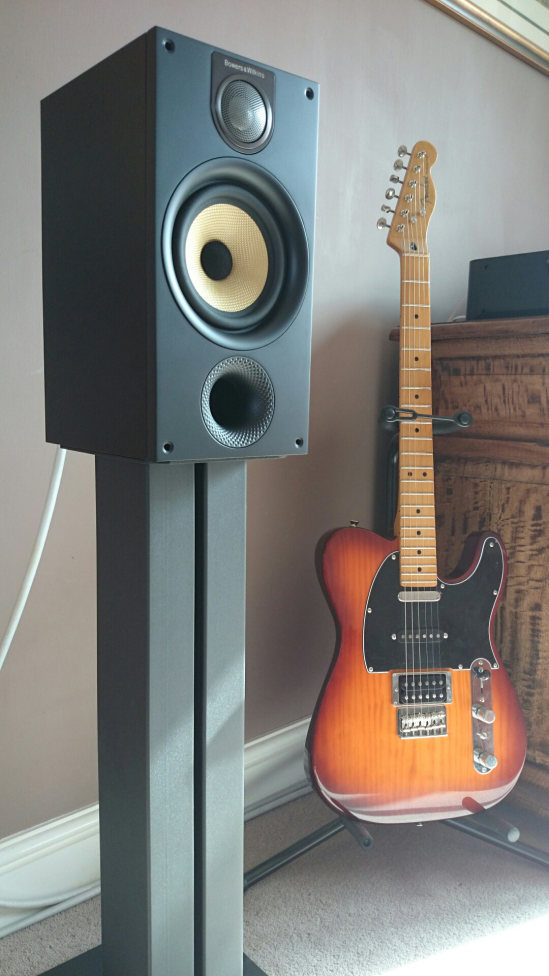
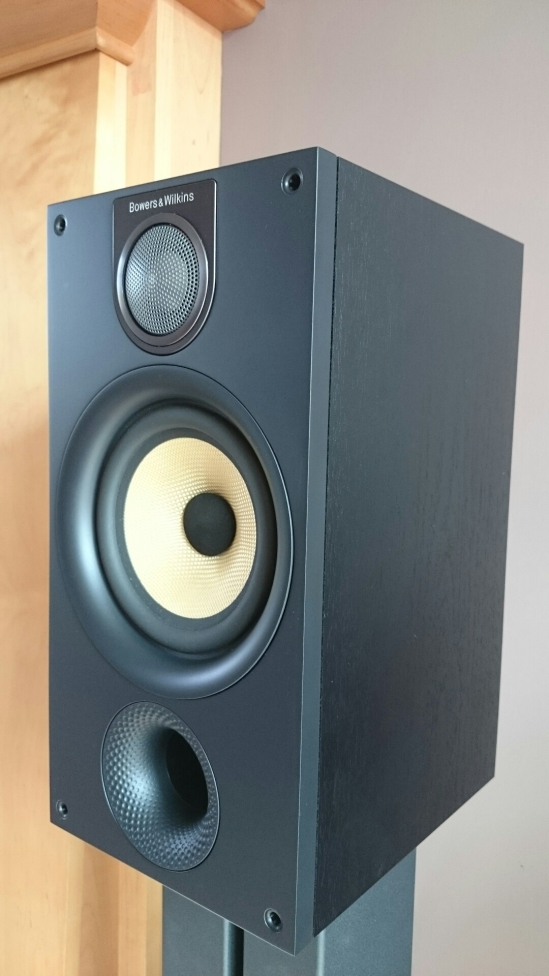
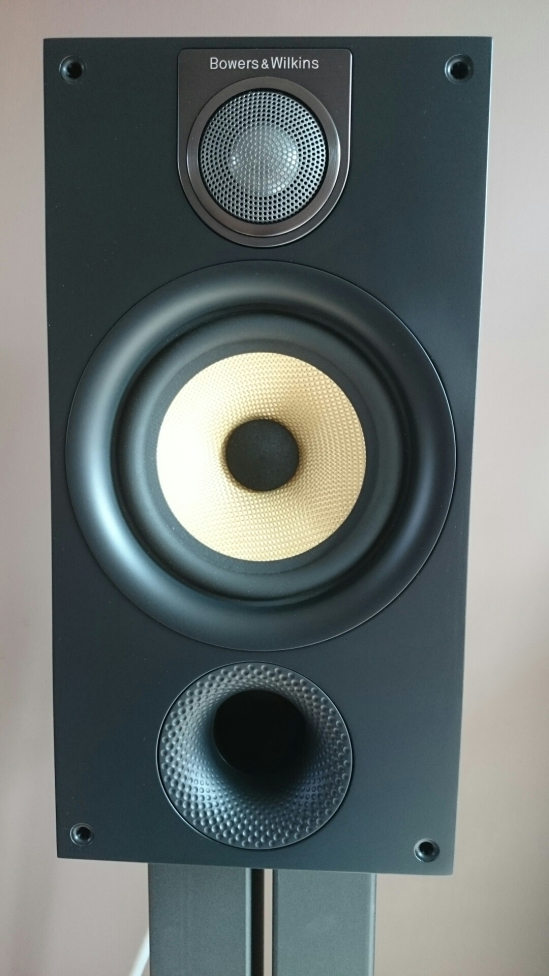
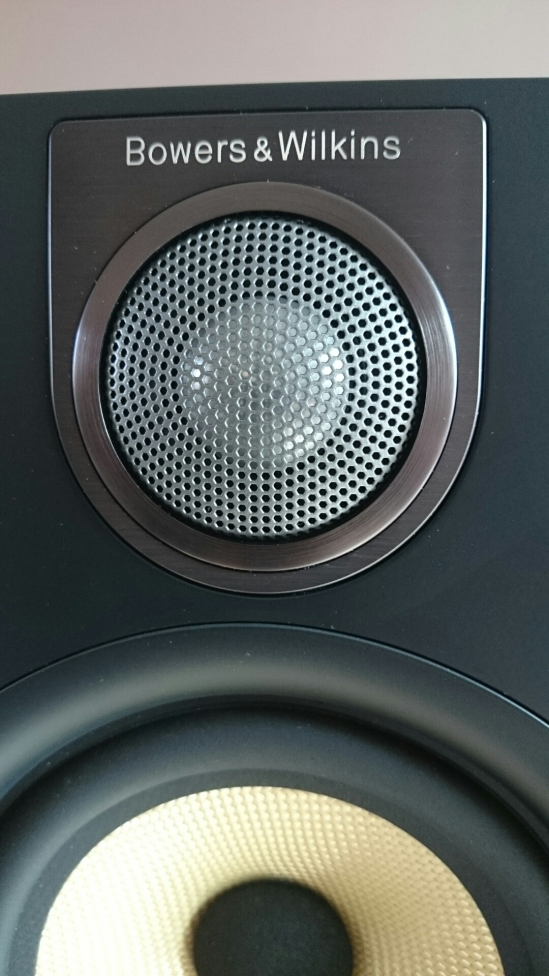
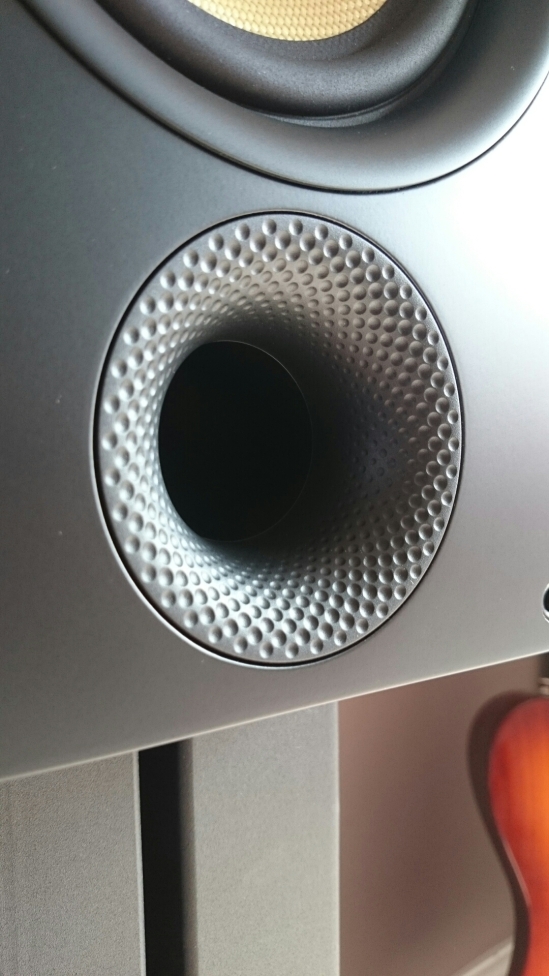
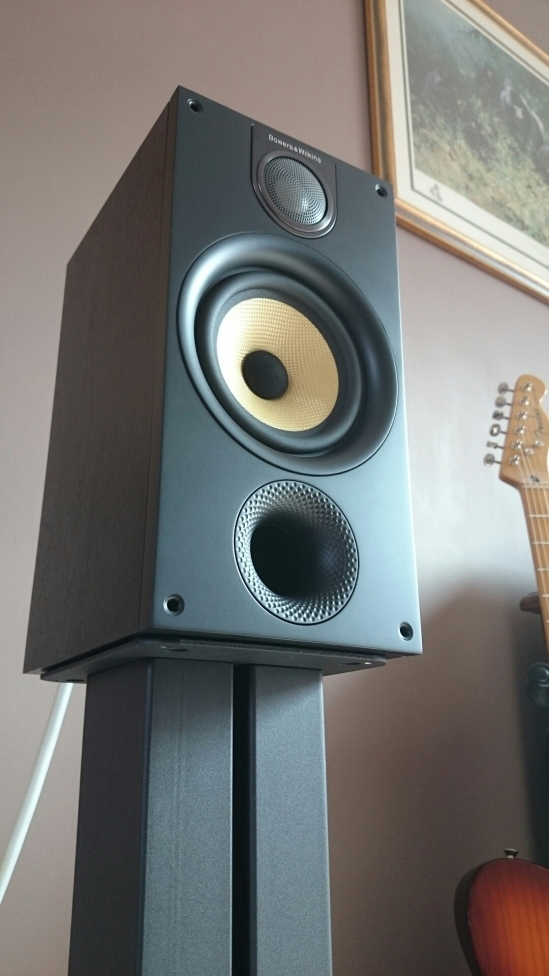
Great report – have purchased an identical system today – before reading your report, I am now looking forward to the listening.
I hope you enjoy your new system.
Just bought a pair myself & added them to my mini hifi massive improvement! i went for the white version.
Thank you for this review
Now that some months have passed by hat are your thoughts on their soundstage now? Any changes?
Thanks for the comment and the question. The 686’s are superb speakers but sadly in the end simply not big enough for my room. I have never been a fan of adding a subwoofer as trying to integrate one has always been troublesome. If I had a smaller room I suspect the 686’s would have stayed. Their treble response was superb and made female vocals especially beguiling. Hope this helps.
It does thank you. Have you ever compared them to the 685 s2 model? They seem similar.
I have not heard the 685 S2 but I suspect that in a larger room that they would be better balanced with the bigger cabinet and bass driver. As with all these things all really depends on amplification, source room and musical preferences.
You are a very insightful reviewer thank you for those points.
Have you ever pushed them to high volumes? How did they hold up?